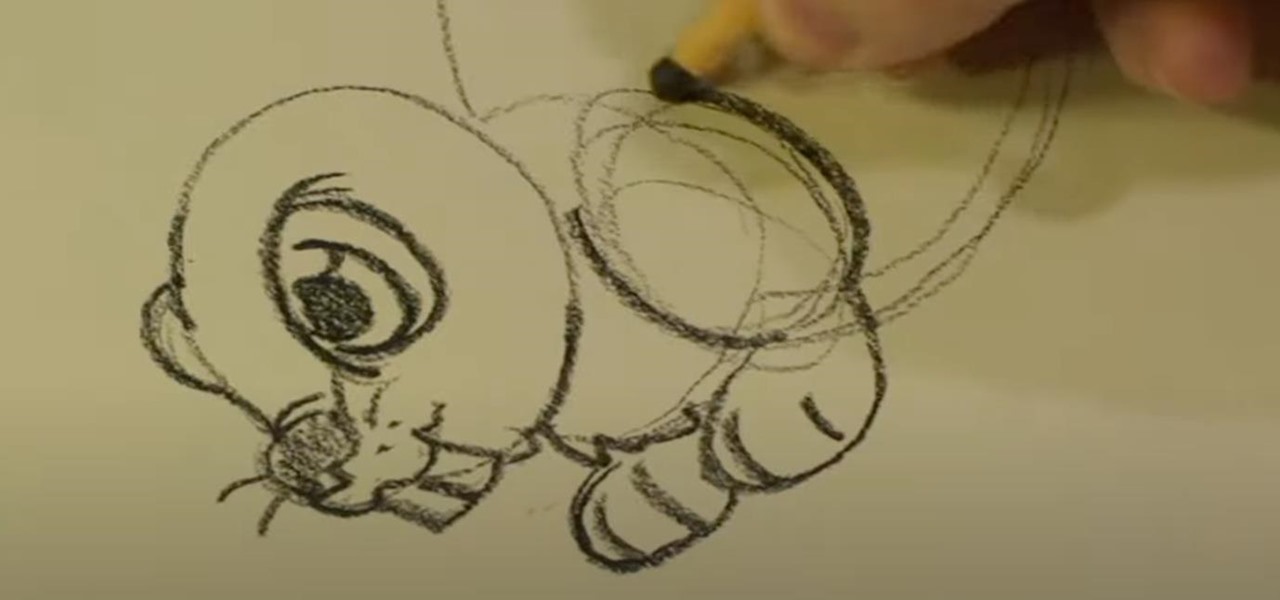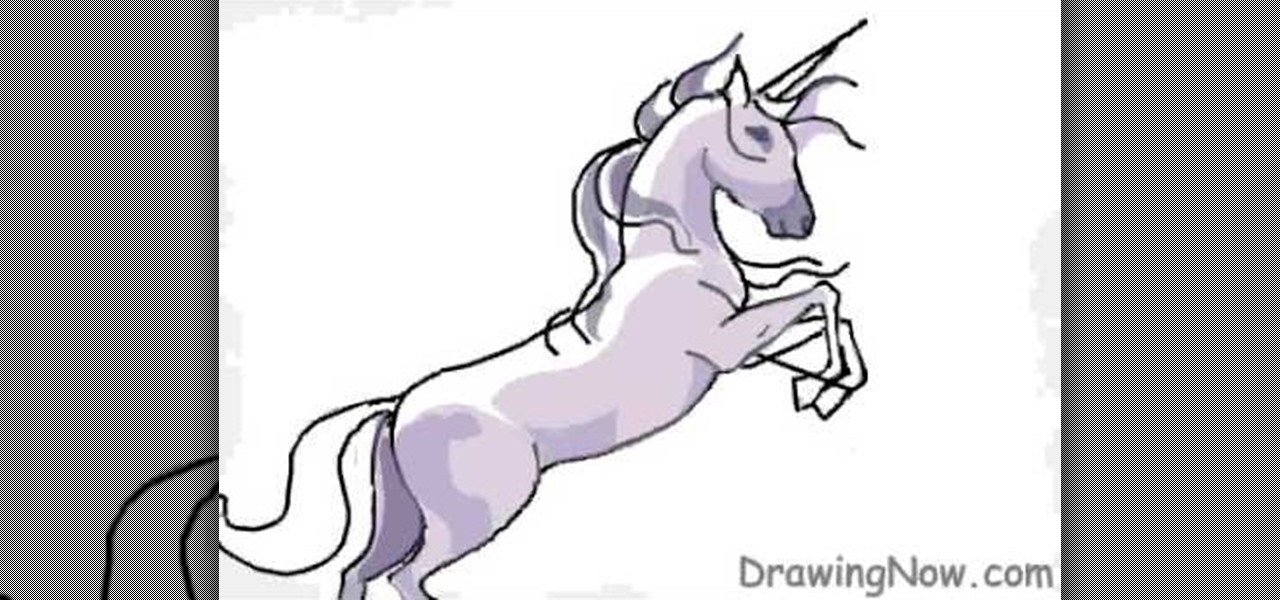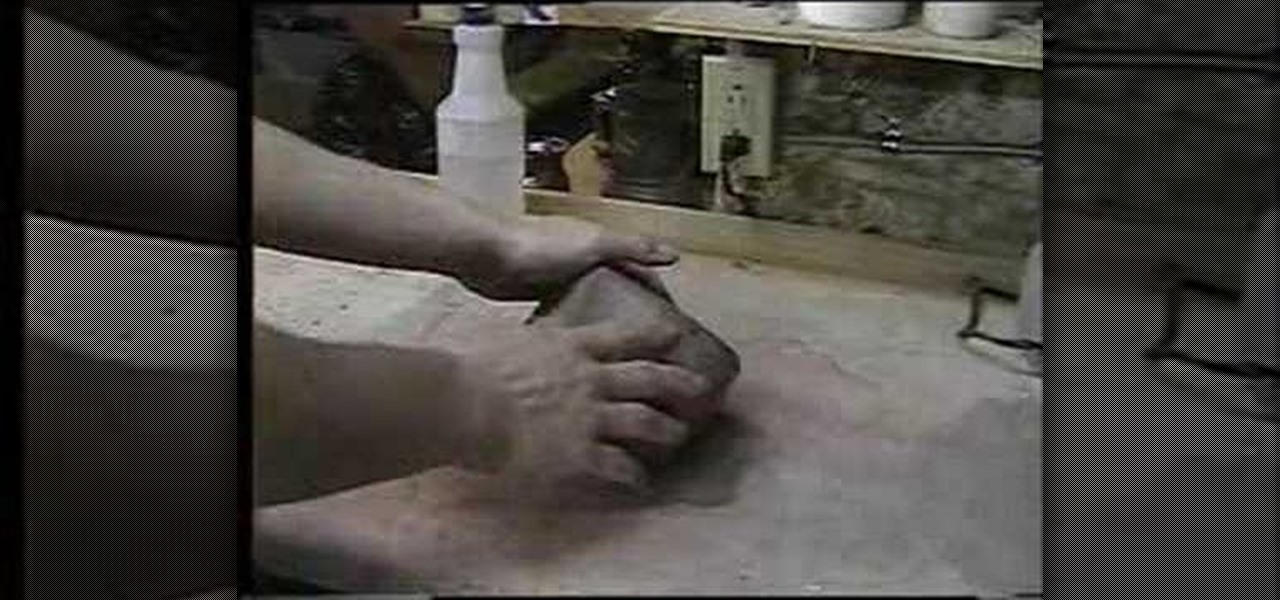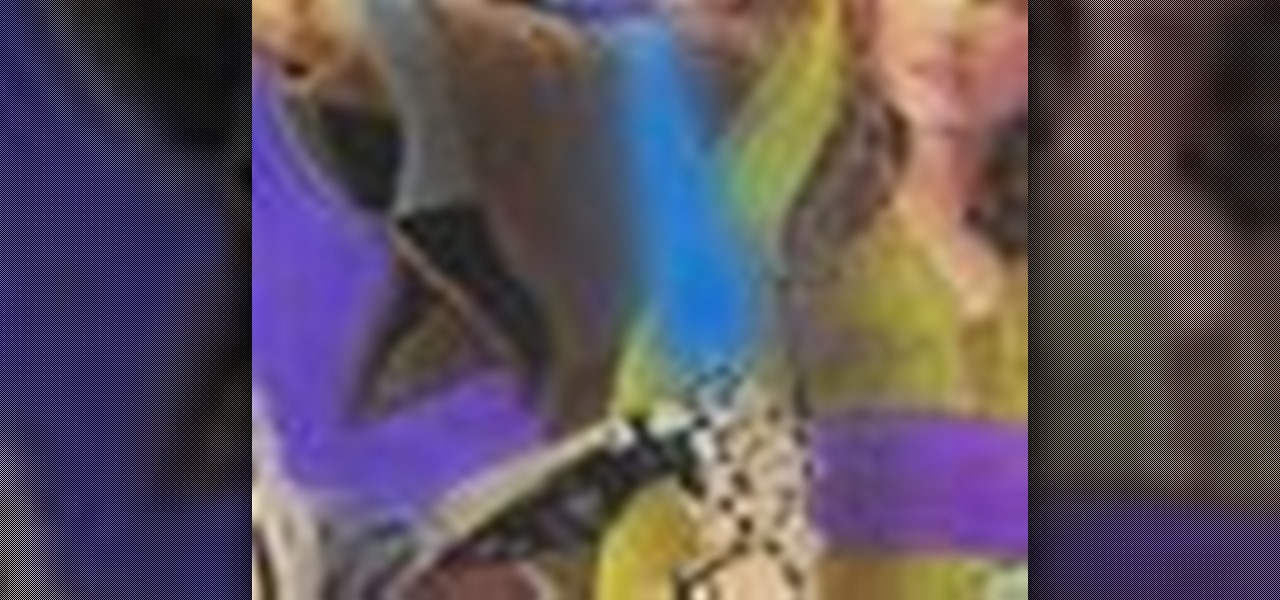Active Fine Art Posts


How To: Throw the body of ceramic mug on the potter's wheel
Check out this video to learn how to make a ceramic mug by throwing the body on a potter's wheel.
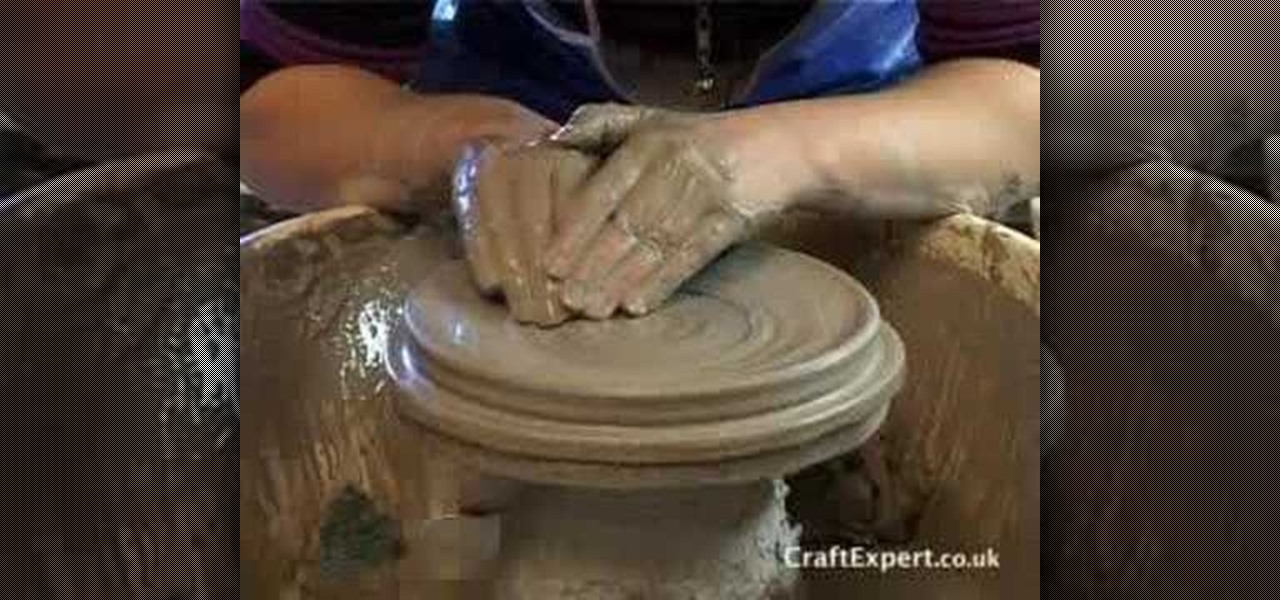
How To: Make a ceramic plate on a potter's wheel
Check out this video to learn how to throw a ceramic plate on a potter's wheel.

How To: Turn a pot on the potter's wheel
Check out this video to see how to turn a clay pot on a potter's wheel.
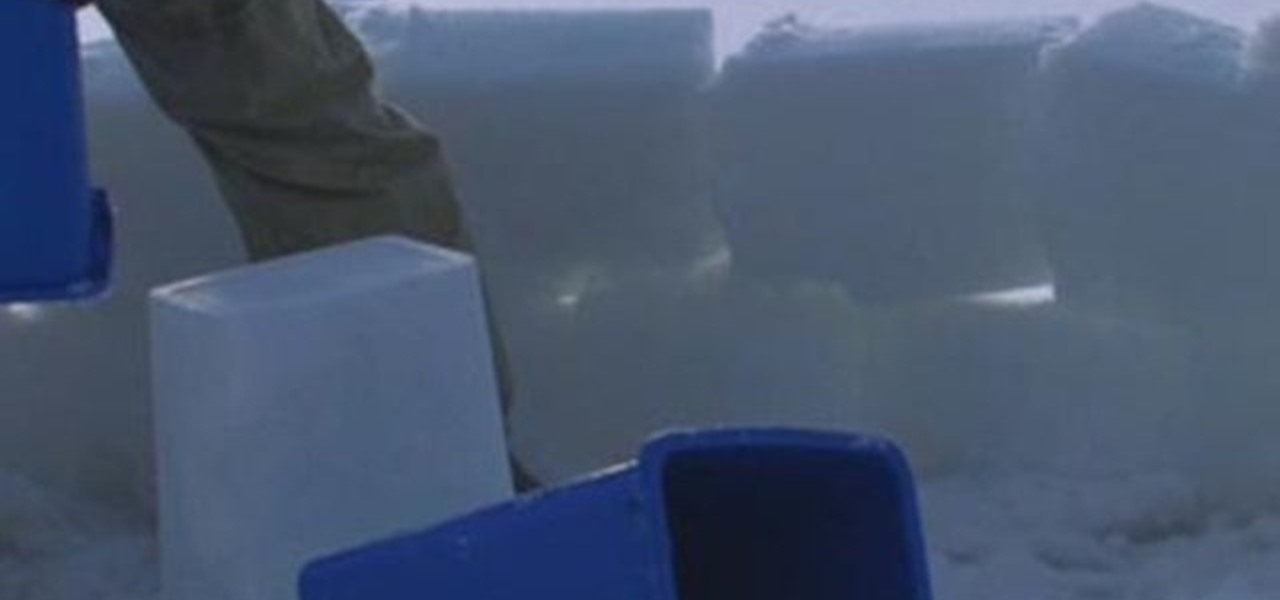
How To: Build an igloo with a recycling bin
Improvised igloo building on the Vermillion Lakes outside Banff, Alberta, Canada, using a recycling bin, a toboggan and tools from the local hardware store.

How To: Get started in custom painting and airbrushing
These are the basics for getting started airbrushing and custom painting for under 200$.

How To: Freehand a flat glass object with fire
Watch this video to learn freehand glass making techniques to catchy music. See how to use fire in a bending technique. Break the glass under a flame, put it back together, separate it, and clamp it to form a flat object. (You know how the patience process goes . . .) Learn how to make a pendant or an earring.

How To: Take pictures in bright sunlight
Transform bright light from a foe to a friend with a simple polarizing filter.
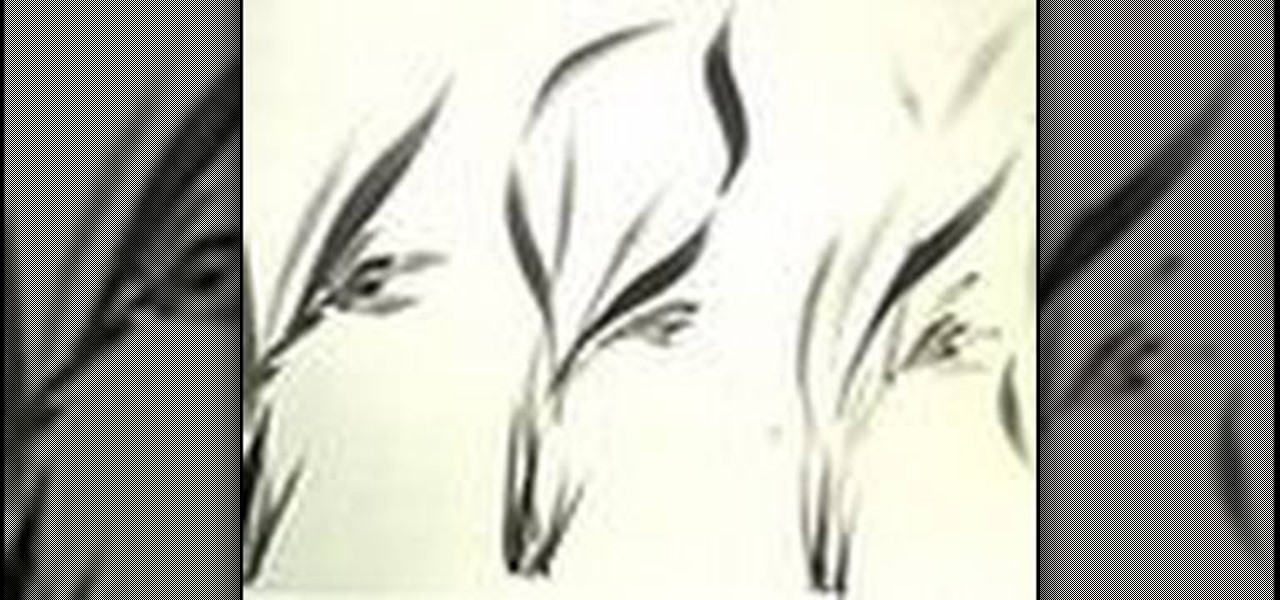
How To: Paint a Goering Cymbidium in Sumi-e ink
Check out this video to learn how to paint the Goering Cymbidium. Cymbidium is the basic object that the Sumi-e painter must learn at first.

How To: Paint a Camellia Tsubaki in Sumi-e ink
Check out this video to learn how to paint a Camellia Tsubaki in the traditional Japanese method of Sumi-e ink painting

How To: Paint a beetle and eggplant in Sumi-e ink
Check out this video to learn how to draw a beetle and eggplant in the traditional Japanese Sumi-e ink method.

How To: Paint morning glories in Sumi-e ink
Check out this video to learn how to paint morning glories in the traditional Japanese method of Sumi-e ink painting.

How To: Paint a goldfish in Sumi-e ink
This video will show you how to paint a goldfish in the traditional Japanese method of Sumi-e ink painting.

How To: Get started in the Sumi-e ink painting method
This video is a basics lesson on how to begin painting in the traditional Japanese method of Sumi-e ink painting. The video shows a number of basic practice drills that will teach you how to control the brush and ink flow.
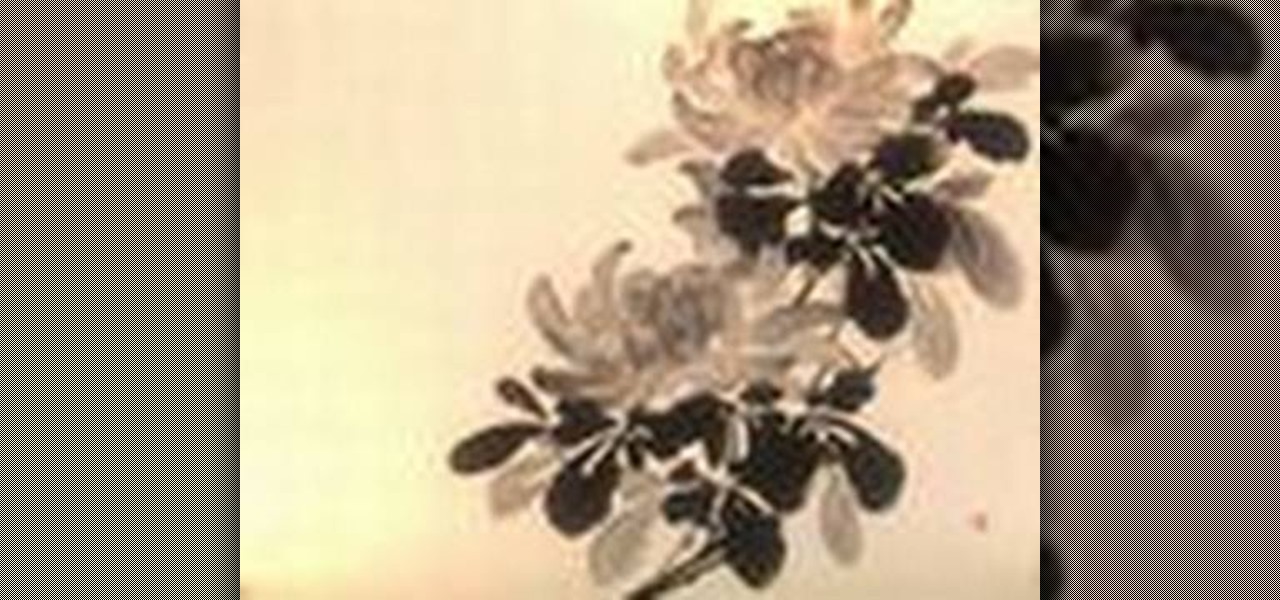
How To: Paint a Chrysanthemum in Sumi-e
Check out this video to learn how to paint a Chrysanthemum in the traditional method of Sumi-e ink painting.

How To: Paint a Peony in Sumi-e ink
Check out this video to see how to draw a Peony in the Sumi-e method of ink painting. The Peony is a beloved flower in Asia. The Peony is a very big and waving red flower that represents prosperity.

How To: Paint a geisha kimono in Sumi-e ink
This video shows you how to draw a geisha kimono in traditional japanese Sumi-e ink style. Part 1 of 2 - How to Paint a geisha kimono in Sumi-e ink.

How To: Paint a cherry blossom in Sumi-e ink
This video shows one how to paint a cherry blossom in the Sumi-e technique of painting in ink with a single brush.

How To: Paint a plum tree in Sumi-e ink
This video is a demonstration of how to paint a traditional Japanese Sumi-e subject in the plum tree. Plum or ume blossoms tells us the spring has come. "Plum blossom, recall me, When it blows in the spring ---" 9th century politician and poet, Michizane Sugawara recites in his famous poem or tanka.

How To: Paint a rock lake in Sumi-e ink
Check out this video to see a demonstration of the Sumi-e style of ink painting in painting a rock lake. Treess, rocks, and water and basic fundamentals of Sumi-e painting.
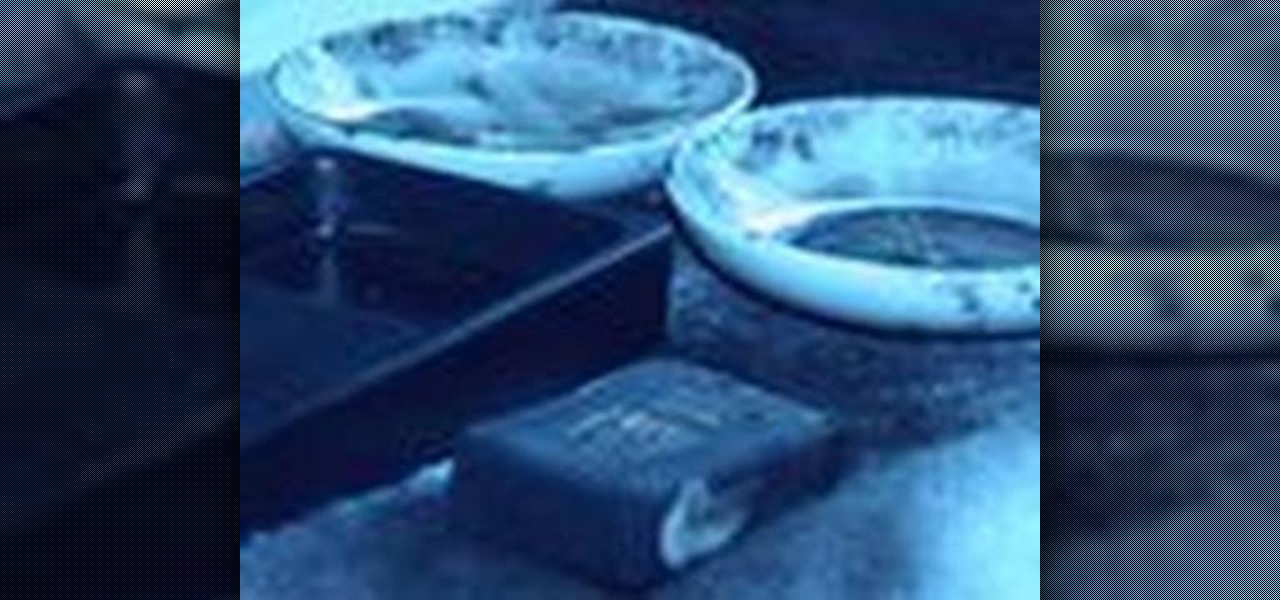
How To: Begin Sumi-e ink painting
Check out this video for a primer on Sumi-e painting. This video show you how to prepare your ink, table and brush to begin painting.

How To: Paint Buddha in Sumi-e ink
Check out this video to see how to paint Buddha meditating in Sumi-e style of ink painting. The key three lines are, 1)shoulder outline, 2)inside line to abdomen, 3)slanted down line from abdomen.

How To: Use the Tarahikomi technique in Sumi-e painting
Check out this video to learn the Tarashikomi technique of Sumi-e painting. The Tarashikomi technique, originated by Sotatsu Tawaraya, a 17th century painter, is a good technique for short hair animals like dogs, horse, or bulls. In this video the technique is used to paint a dog.

How To: Paint an eagle in Sumi-e style
Check out this video for a demonstration of Sumi-e ink painting. In this video you can learn how to make an eagle.

How To: Embroider and customize your Crocs Prima shoes
Check out this video to learn how to embroider and customize your Crocs Prima shoes. Make yarn uppers and customize with beads.

How To: Paint a wild boar in the Sumi-e style
Check out this video to watch a demonstration of Sumi-e ink painting of a wild boar. 2007 was the year of the boar. This video shows you how to make a New Year's greeting card for year of the boar.
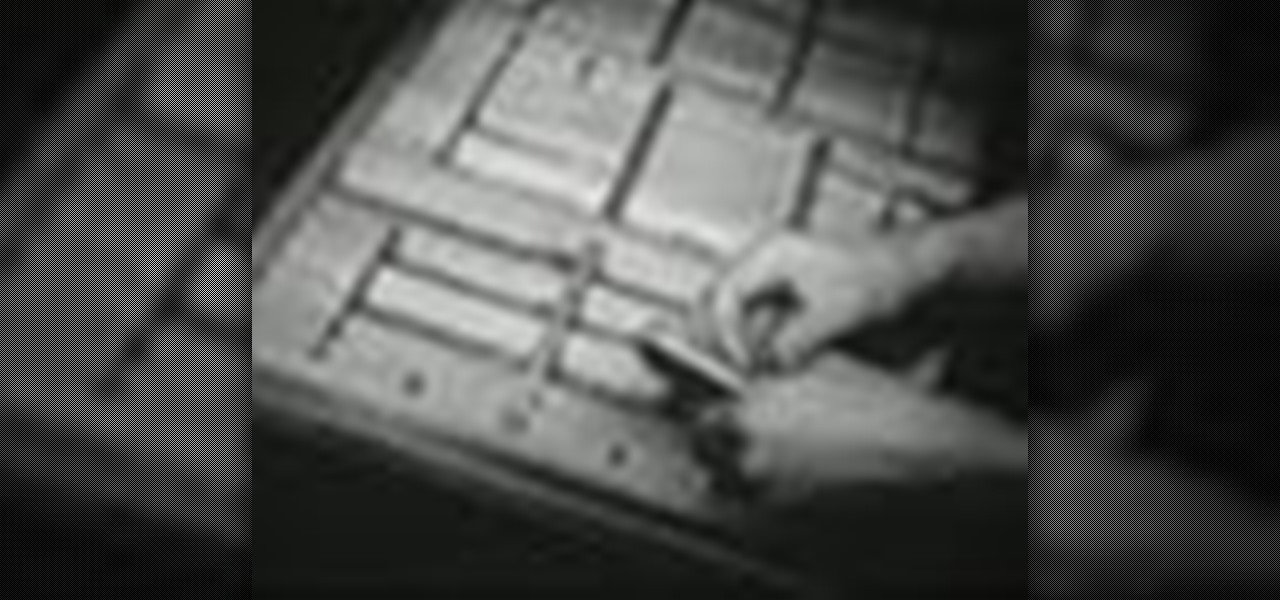
How To: Learn to set Type on a Letterpress
Check out this 1959 instructional film on how to manually set type on a letterpress. You can use these techniques to create posters, chapbooks, artist prints, and all kinds of D.I.Y. old school printing fun. All graphic designers and anyone working in the printing should check this out. The video demonstrates basic principles of typesetting and distribution. The film stresses the correct way of manipulating the type, spotting letters before they are chosen and the importance of following copy...

How To: Cutt a circle in glass
Watch this video and learn the basic steps to cutting a circle in glass.
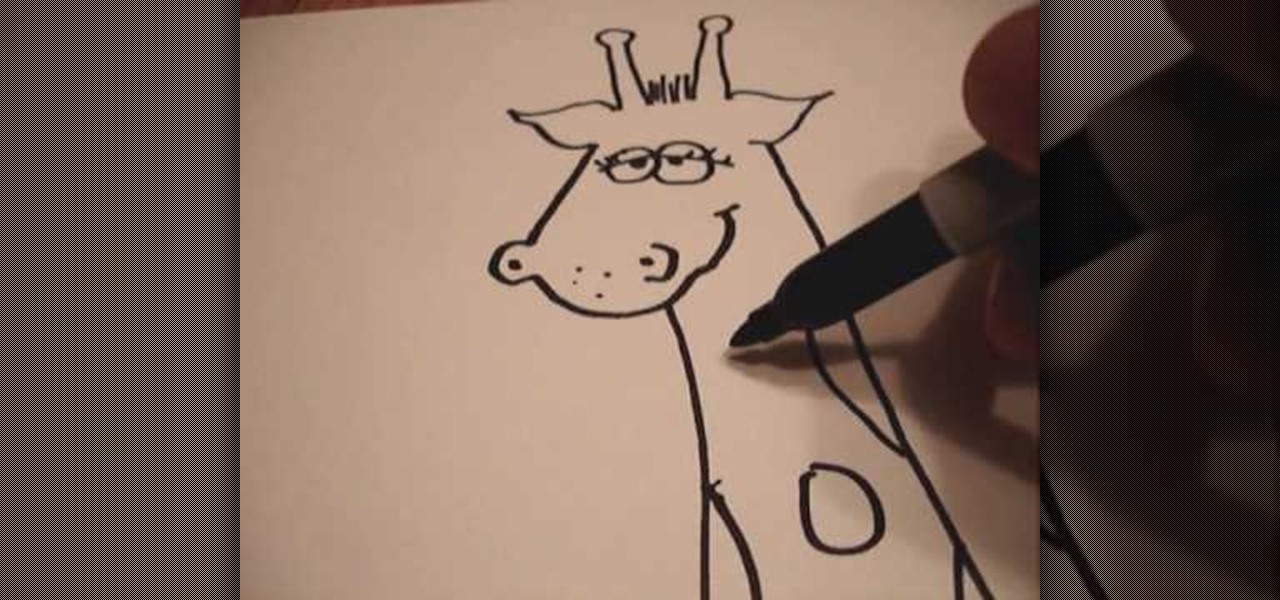
How To: Teach kids to draw a cowboy and a giraffe
This tutorial shows you how to draw two fairly basic cartoon drawings -- an easy to draw cowboy and a giraffe (that's just a little more difficult). Great ideas for teaching kids or yourself if you are really bad at drawing.

How To: Silk screen t-shirts
Here is a thorough printmaking demonstration on using a silk screen to print. Learn how to print your own t-shirts. You must have a screen prepared.

How To: Make a wallet out of dollar bills
Learn a DIY way of making your own wallet out of ten one dollar bills. You'll never run out of money.

How To: Create Paper Mache
This video illustrates the technique of Paper Mache with a touch of attitude. You can use the Paper Mache technique for many applications including fine arts, sculpture, crafts, and decorative uses.

How To: Make an MDF Mold
Making molds for vacuum forming
How To: Create a Silicone Mold
This video shows how to make silicone mold.

How To: Make a mold for action figure "Timmy"
This short video shows how easy it is to cast a toy figure or anything else that matter from a RTV silicone mold!

How To: Cast polyurethane molds
Check out these videos to learn how to cast simple polyurethane molds to for use in model-making, film special effects, fine art, and craft applications. This video does not cover making molds just casting in polyurethane.

How To: Digitally handcolor or tint a black and white photo
Hand coloring black and white photographs was a common process prior to the advent of color photography and created a unique visual aesthetic. This video demonstrates how to digitally create this style for digital black and white photography.

How To: Make a glove mold
Watch this video to learn how to use glove molding systems. Glove molding systems are ideal for working on medium and large projects, this process involves creating a thin layer of flexible material and backing it up with a stronger, rigid material.This process can be used in automotive, mechanical, fine art and film special effects uses.

How To: Work with repro laminating system
Check out this video for creating a one piece mold using a repro laminating system. This is a professional video not for beginners. The repro laminating system is ideal for working on medium-sized projects, this process is easier, faster, and more economical than the epoxy laminating system. This process can be used in automotive, mechanical, fine art and film special effects uses.
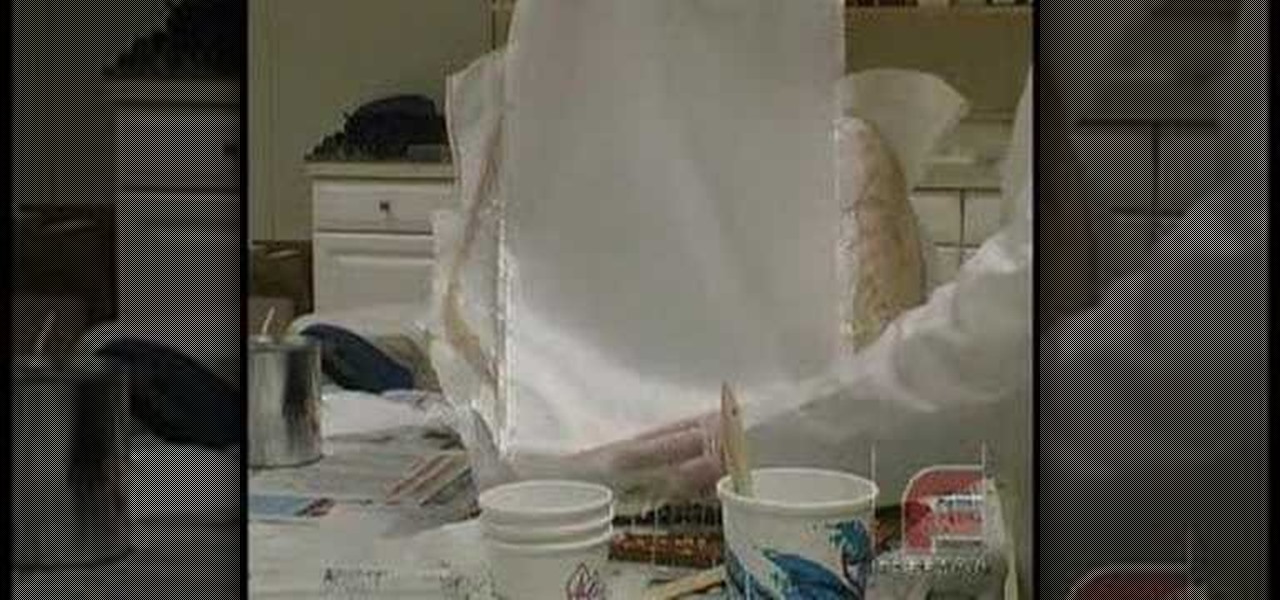
How To: Make a 3 part mold and use paste laminating systems
Check out this video to learn how to use the paste laminating system and three part mold-making techniques. This is an advanced process that is not for beginners. This process is for working on medium to large projects, this is a labor-saving process for those who need a large, strong tool in the least amount of time possible. This video also demonstrates three-part mold construction. This process can be used in automotive, mechanical, fine art and film special effects uses.
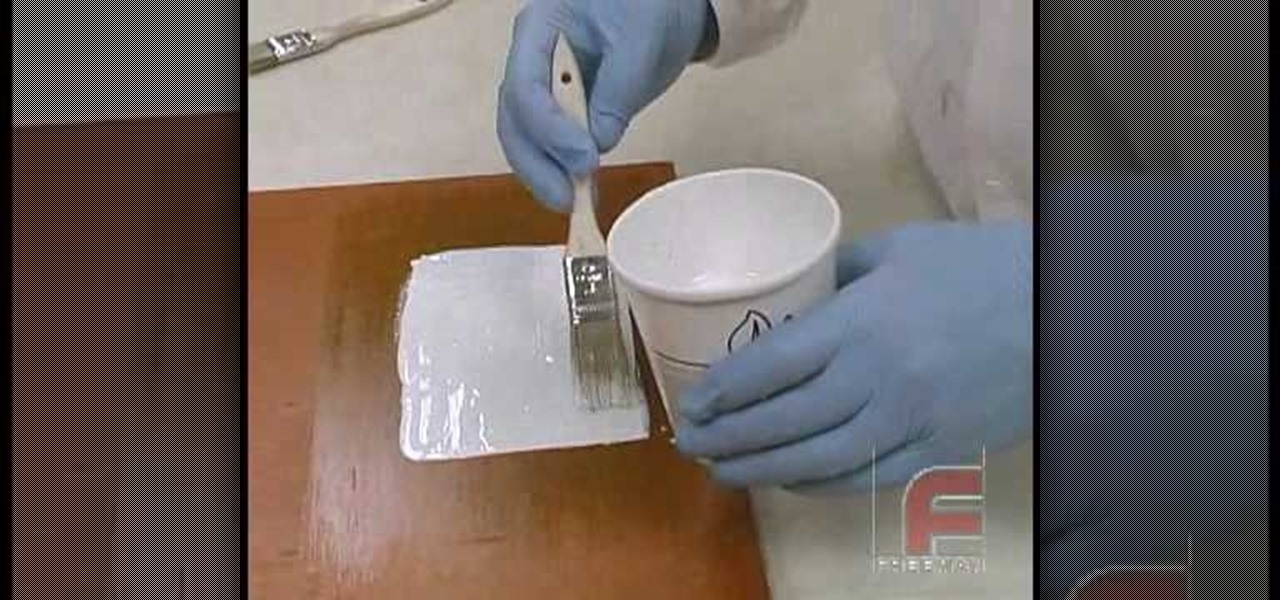
How To: Make a mold using an epoxy fiberglass layup
Check out this video to learn how to make a professional epoxy fiberglass layup and epoxy laminating systems. This process is ideal for working on larger projects, a typical 'fiberglass layup' is a popular process for those who need a large, strong, and lightweight tool.This process can be used in automotive, mechanical, fine art and film special effects uses.



